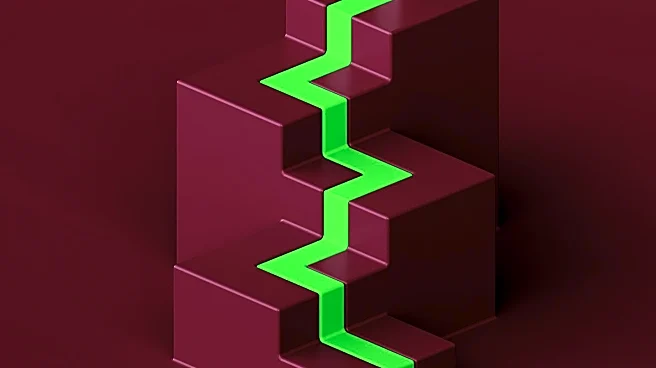What's Happening?
Researchers at Harvard Medical School have developed an artificial intelligence model, PDGrapher, designed to identify treatments that reverse disease states in cells. Unlike traditional drug discovery methods that focus on single protein targets, PDGrapher analyzes multiple disease drivers to pinpoint genes that can restore healthy cell function. The tool predicts the best single or combined targets for treatments, potentially speeding up drug discovery and unlocking therapies for complex diseases. The AI model uses graph neural networks to map relationships between genes, proteins, and signaling pathways, offering a comprehensive approach to understanding cellular dysfunction.
Why It's Important?
PDGrapher represents a significant advancement in drug discovery, particularly for diseases driven by multiple pathways, such as cancer. By identifying multiple targets involved in a disease, the tool could help circumvent issues where tumors outsmart drugs targeting a single protein. This approach could optimize drug design, reduce development time, and enhance precision medicine by tailoring treatments to individual cellular profiles. The AI model's ability to predict effective drug targets could lead to breakthroughs in treating diseases that have eluded traditional methods, potentially improving patient outcomes and advancing biomedical research.
What's Next?
The researchers plan to use PDGrapher to tackle brain diseases like Parkinson's and Alzheimer's, identifying genes that could restore cellular health. Collaboration with Massachusetts General Hospital aims to map genes affected by treatments for X-linked Dystonia-Parkinsonism. Further validation of the model's predictions is necessary before clinical application, but the tool's potential to analyze patient cellular profiles for individualized treatment combinations could revolutionize personalized medicine. Continued development and testing will focus on expanding the tool's capabilities and exploring its application in various disease contexts.












